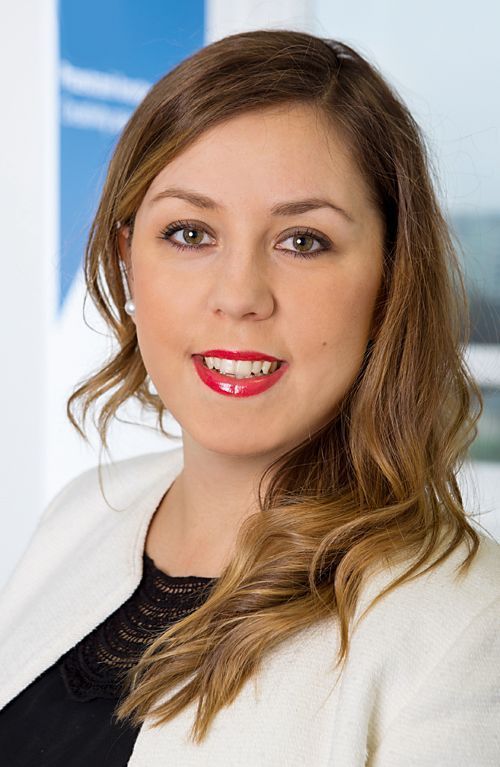Tomasz Cudowski, ‘Eurobuild Central & Eastern Europe’: Why have you introduced virtual reality into health and safety training? Construction workers are not Boeing pilots...
Anna Tryfon-Bojarska, Skanska Poland: But – as is the case with pilots – such training sessions allow you to simulate non-standard situations, develop the right habits and take the consequences of the decisions you’ve taken. Our training applications enable you to prepare for work on a real construction site by cultivating safety habits. By the way, we actually drew our inspiration from flight simulators. In both of these areas an error made in VR will train you to avoid committing it in the real world that would have much more serious consequences.
What kind of employees do you primarily want to train in VR?
In general, the future operators of construction machinery, but first of all those who perform particularly dangerous work. These include the banksman and the rigger &n































































